
Burningham's career took off when, as an unknown artist, this first book caught the fancy of a leading publisher. It tells the story of a goose who is born without feathers. Here he depicts the dramatic moment when the geese migrate. Poor Borka, earthbound in a soggy jumper, watches her family vanish in a zigzag flurry against a crimson sky
Photograph: Red Fox Photograph: Action images

With her jumper soaked by her attempts to swim, Borka goes into the reeds to cry. Moving without being sentimental, this is an object lesson in the use of shape, colour and texture to create atmosphere and emotion
Photograph: Red Fox Photograph: Action images
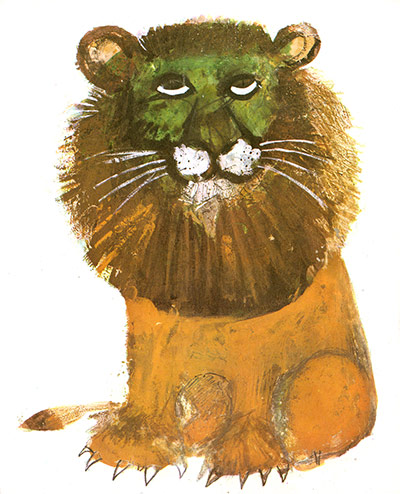
L is for lion in Burningham's painterly second book. At the beginning of the 1960s, technological advances in four-colour printing brought an explosion of light and colour to the world of picture books, providing opportunities which Burningham exploited to the full
Photograph: Jonathan Cape Photograph: Action images
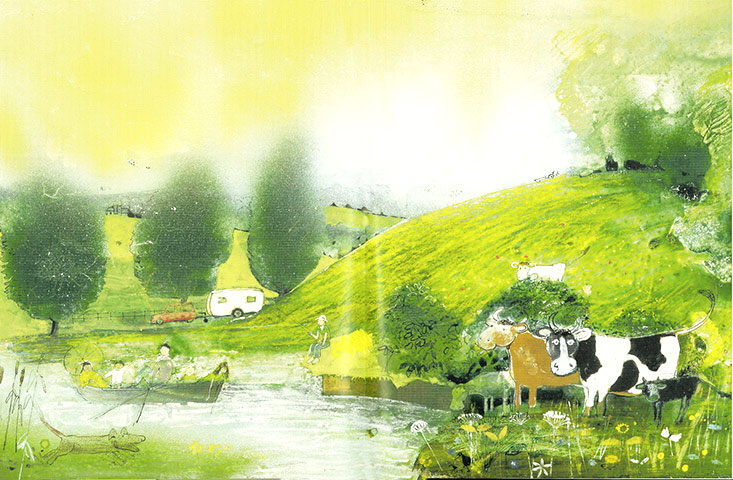
Burningham is very good at weather. Here, he mixes media to evoke the haze of a summer day over the emerald countryside as a boatful of happy holidaymakers have fun. A combination of crayons, charcoal, watercolour, cellulose paints, and soft, rubbed pastels create a luminous sheen and a host of multitextured effects Photograph: Jonathan Cape
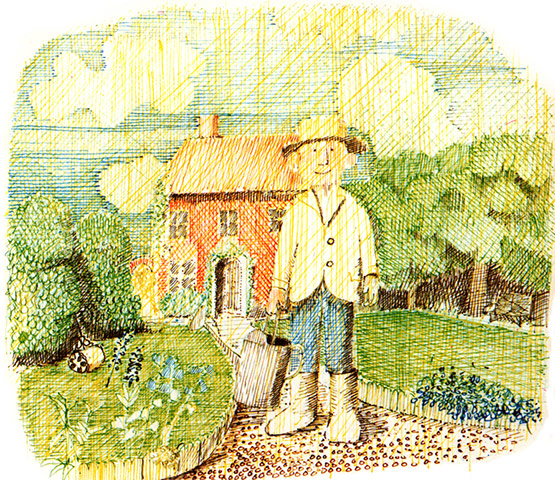
After the bold, painterly feel of the early work, Burningham developed the increasingly sensitive style seen here. Delicate sepia line drawings combine with shimmering areas of coloured cross-hatching and luminous ink washes to create an enchanting pastoral setting for a story about the consequences of bad behaviour Photograph: Action images

And into the water they go, as the mild Mr Gumpy is capsized by the badly behaved animals who make mayhem in his boat. The restrained colouring is offset by the chaotic splat of bodies hitting the water
Photograph: Puffin Books Photograph: Action images

This story of a fussy baby, whose world is transformed when he is persuaded to eat some avocado, is based on Burningham's own daughter, who had a passion for avocados. Here his mischievous, oblique humour comes to the fore
Photograph: Jonathan Cape Photograph: Action images
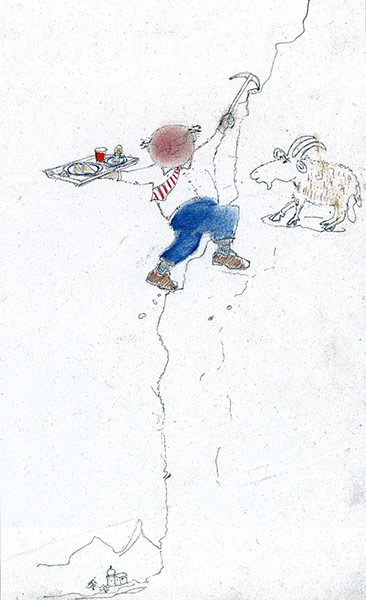
Julius's dad delivers a meal to his adventurous son. Although highly sophisticated in conception, Burningham's work has a purposefully naive quality which he heightens with his use of coloured pencils, subtly creating the kind of drawings to which, on the face of it, children themselves might aspire
Photograph: Jonathan Cape Photograph: Action images
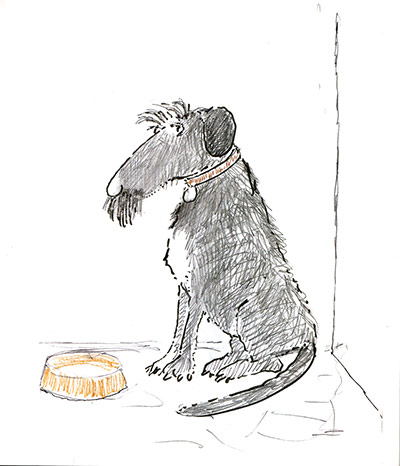
An old mongrel who nobody wants turns out to be a very special dog indeed. The quality of Burningham's line is carefully controlled and, in contrast to the effects he creates in colour, the drawing is sparse, the line often broken, spidery and hesitant
Photograph: Red Fox Photograph: Action images
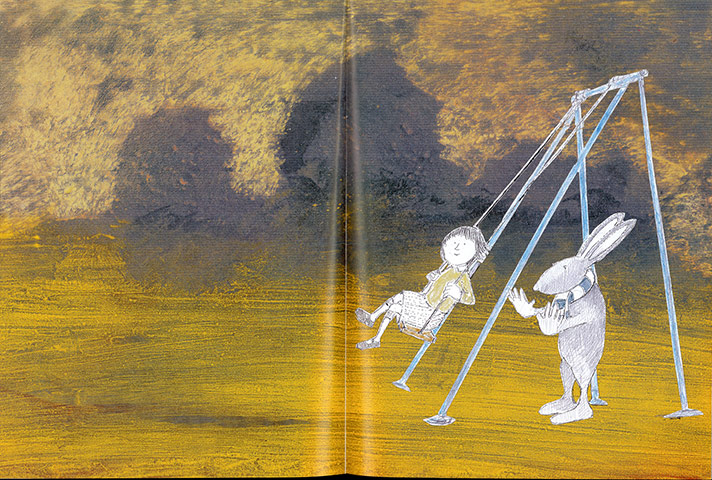
A troubled little girl finds an escape with her imaginary friend, Aldo. Most of Burningham's books are in a humorous vein, but he also deals movingly with difficult subjects such as the loneliness of a bullied child
Photograph: Jonathan Cape Photograph: Action images
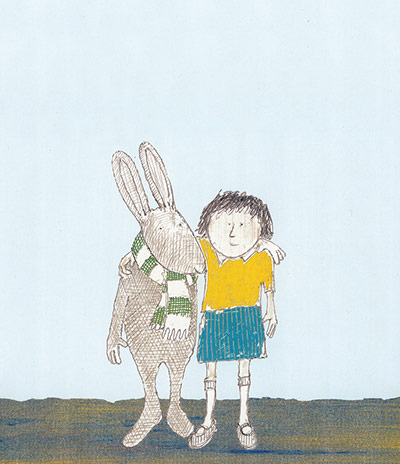
The palette brightens as the little girl finds happiness with her imaginary friend
Photograph: Jonathan Cape Photograph: Action images
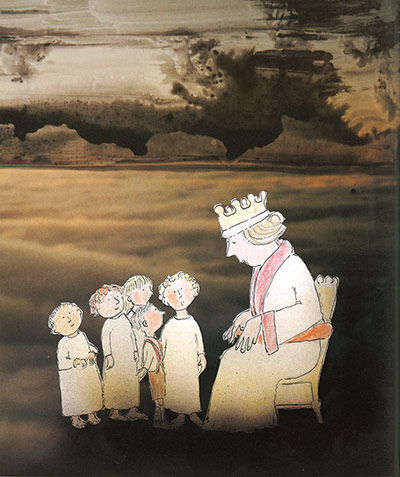
Albert and the cloud children tell the queen that he wants to go home, in one of the classic airborne adventure stories for children, which mixes photographs and drawing
Photograph: Jonathan Cape Photograph: Action images

The isolation of Georgie, an only child, is evident in this first drawing, where he stands forlornly in his outgrown cot while the grownups discuss the fact that he needs a new bed. Georgie is expressively drawn, even though he has a mere dot for an eye and, in common with many of Burningham's characters, almost no mouth to speak of (or with), symbolising perhaps the chronic lack of communication
Photograph: Random House Photograph: Action images

